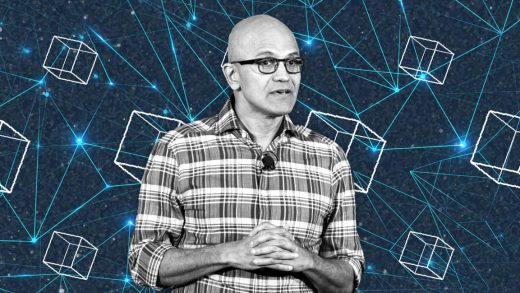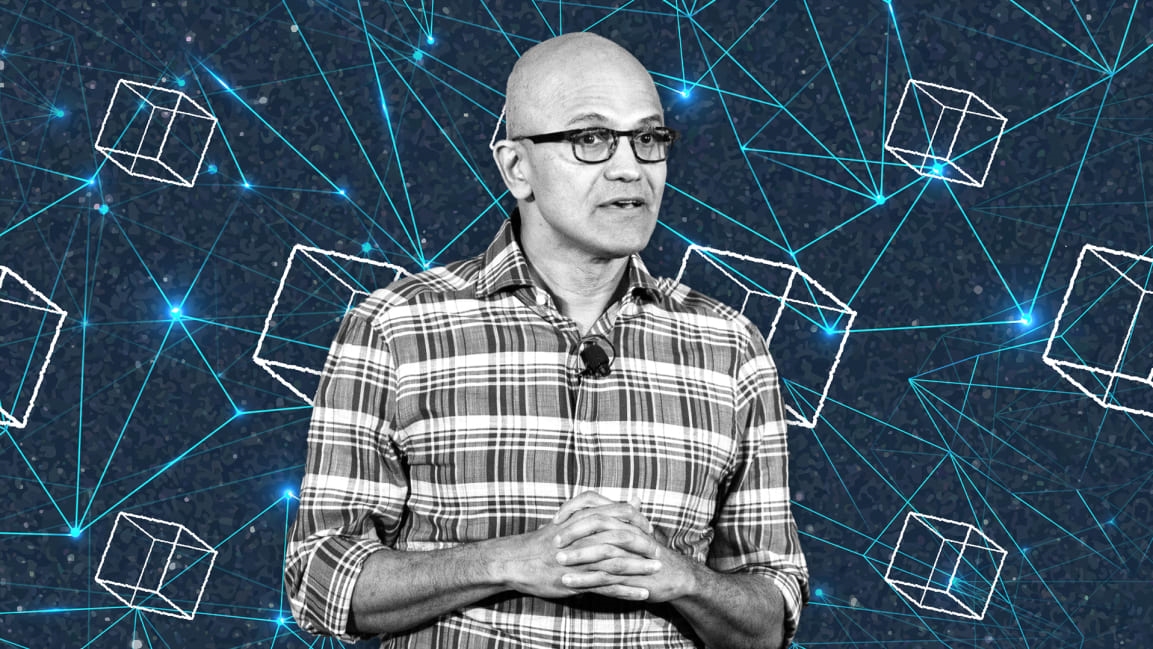Microsoft’s metaverse vision is becoming clear—and makes sense
With the announcement of its $69 billion deal to buy gaming giant Activision Blizzard, Microsoft suddenly has a lot to say about the metaverse. And investors seem to be taking it seriously.
“This acquisition will accelerate the growth in Microsoft’s gaming business across mobile, PC, console, and cloud and will provide building blocks for the metaverse,” the company said in the deal announcement on January 18.
At least in the near term, the Activision buy is mostly about Microsoft’s gaming business. The deal, if approved by regulators, would include some huge gaming franchises, such as Warcraft, Diablo, Overwatch, Call of Duty, and Candy Crush, all of which could be added to Microsoft’s Xbox Game Pass subscription service in 2023. The merger would make Microsoft the third-largest gaming company in the world, behind Sony and China’s Tencent.
On Tuesday, Microsoft held its first earnings call since the Activision news. The company reported strong quarterly results that surprised analysts and sent Microsoft’s stock soaring past $300 per share in trading Wednesday. Naturally, analysts had some questions for CEO Satya Nadella about the implications of the Activision deal and about this whole metaverse thing.
A real working definition of the metaverse is still very much in flux, but Nadella and Microsoft think it’s going to be transformative. “Just like the first wave of the internet allowed everybody to build a website, I think the next wave of the internet will be a more open world where people can build their own metaverse worlds, whether they’re organizations or game developers or anyone else.”
Instead of describing how Microsoft might use Activision’s people and technology assets to build an immersive virtual gaming space, he described how he expects the metaverse concept to begin seeping into Microsoft’s various products and businesses.
“The way we see this is as an opportunity in a classic Microsoft sense both at the platform infrastructure level and in the application level,” Nadella began. “Teams is going to have Mesh meetings, so these immersive meetings which will start on 2D screens whether it’s PCs or phones, and then lead up to immersive experiences where you’ll wear your AR or VR goggles.” (Mesh is Microsoft’s mixed-reality collaboration software, where people are represented as 3D avatars.) Microsoft has said that Mesh for Teams will begin rolling out “in preview” to businesses and developers in the first half of 2022.
Nadella says games might undergo a similar evolution from 2D to 3D experiences. “Already people are investing in their avatars (as in Microsoft’s Forza racing simulation game); people are building on Minecraft worlds, so very naturally you can see us extend gaming as the metaverse evolves.”
In an interview with Bloomberg in November Nadella said that three of the company’s existing gaming franchises—Halo, Minecraft, and Flight Simulator—have already evolved into metaverses. He gave no time frame for when other Microsoft games might extend to the metaverse.
Even though Meta/Facebook is trying to convince the world that social networking is the most natural on-ramp to the metaverse, it could just as easily be gaming instead. With games like Fortnite and Roblox, we’ve seen how easily gaming experiences can flow into purely social ones when people stop playing the game and just hang out.
A 3D virtual business meeting within Microsoft Teams might feel far less strange than one within Meta’s Horizon Workrooms.
If the metaverse bends that way, Microsoft would be in a strong position. Even before the Activision Blizzard acquisition is a done deal, it has a bunch of top gaming studios under its roof and some of the most popular games. And the hardware we use for the metaverse isn’t going to be 2D experiences on smartphones and PCs (ironically, surging PC sales were the main driver of Microsoft’s big quarter). That’s like listening to TV on the radio. It’s going to be some form of mixed-reality eyewear. Here, Microsoft got a head start. It committed to its HoloLens mixed-reality headset years ago (the first HoloLens was released in 2016), and it has a lot of experience with the hard problem of developing a mixed-reality device that people will feel comfortable wearing for long periods of time.
Nadella talked about Microsoft’s experience “on the optics, and the silicon side, and all the way to the cloud in terms of some of the foundational services driven by all the HoloLens use cases that are in the enterprise.”
In other words, Microsoft’s games offering combined with its experience with the technical realities of spatial computing could put it in a stronger position than Sony or Tencent. Even Meta hasn’t released a mixed-reality hardware product, though it’s spent plenty of time talking about its plans.
The metaverse will very likely be a place where we work, too—and Microsoft is unique in being a major force in both gaming and productivity. A 3D virtual business meeting within Microsoft Teams might feel far less strange than one within Meta’s Horizon Workrooms, especially if some of the resources and data you might need for that meeting already reside in Microsoft apps.
Nadella sounds convinced that the metaverse, or spatial computing, or whatever you want to call it, is indeed the next big thing in personal computing. I suspect the metaverse will arrive far more slowly than some would have us believe—in part because of the hardware problems mentioned above—but when the time comes I can think of worse companies than Microsoft to help build it.
(26)



